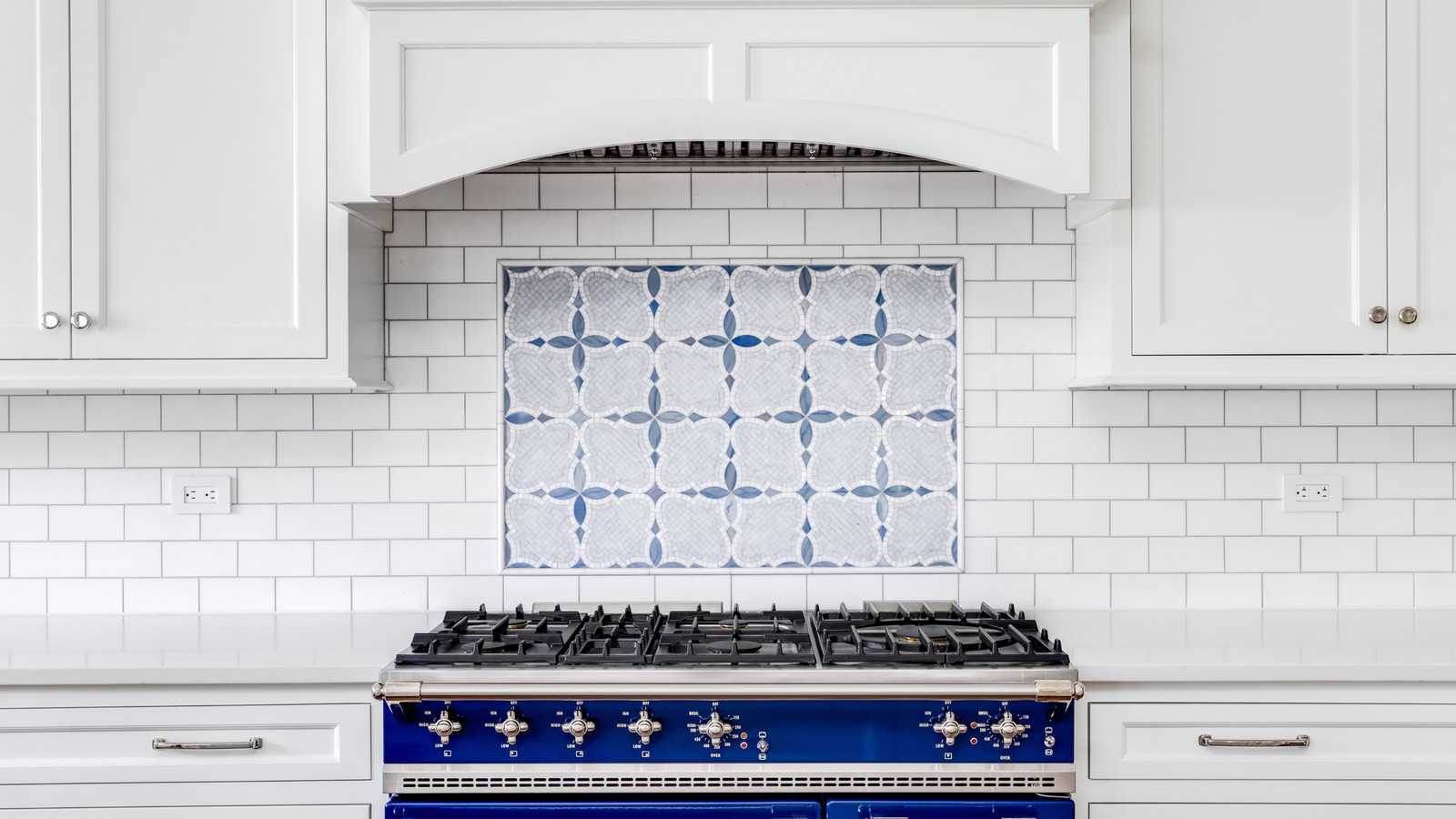Kitchen design is an artful balance of form and function. Every material in the room must stand up to myriad temperatures, moisture levels, cooking and cleaning methods, food odors, and drink spills — but you also want everything to look stylish and inviting because of all the time you spend there. Plus, with how costly kitchen renovations can be, you also need your design choices to be not only durable but aesthetically timeless, so you don’t have to make changes too frequently.
Among the currently outdated kitchen design trends to avoid are mosaic backsplashes, but not all mosaic backsplashes are problematic. If you love the mosaic look, there are still ways to nail both those form and function factors, choosing a fresh and lasting look in materials that protect your walls and aren’t too high-maintenance. To learn how, we asked an expert.
“Mosaic tile backsplashes are not entirely out, they are just evolving,” says Artem Kropovinsky, interior designer and founder of New York-based interior design firm Arsight Studio. “Some smaller mosaics can feel dated, but larger-format or natural-stone mosaics can still look fresh when used with balance. Keep the palette minimal and the grout lines subtle. Use mosaics as an accent rather than wall-to-wall, and pair them with sleek cabinetry to avoid visual clutter.” Essentially, opt for bigger, bolder tiles, ideally in muted hues that match any space and look artful but not loud. When grout lines are subtle, it minimizes how much work you have to do to keep them clean.
Ideas for fresh mosaic backsplash looks and materials
Small tiles, especially arranged in linear patterns, instantly date your backsplash. If you have one of these backsplashes, it’s definitely one of the design flaws you should fix before selling your home. Bigger tiles look fresher, more minimalist, and, therefore, more modern; they’re less busy and less eye-catching in all the wrong ways. Choosing large tiles in neutral tones and textures, especially when you choose an accent space rather than going wall to wall, per Kropovinsky’s suggestion, provides just the right amount of embellishment. It enriches the space rather than overwhelming it.
If you’re doing a total kitchen renovation, you can make sure to match your backsplash and cabinets in complementary, understated designs. If you’re just changing your backsplash, make sure your cabinets aren’t so bold that a mosaic look will be visually fighting with them — monochrome palettes will help here. When thinking about different kitchen backsplash materials, remember that glossier finishes are easier to clean, whereas more porous surfaces trap food particles, germs, and bacteria. Glass is a good option, as is composite stone that’s less porous than natural stone, like quartz. Porcelain can be glossy, looks elegant, and is durable. Those subtle grout lines will also decrease the amount of space bacteria has to grow and that you must clean to keep your kitchen surfaces food-safe, plus, this look lends itself well to the overall neutral, modern-chic aesthetic.






